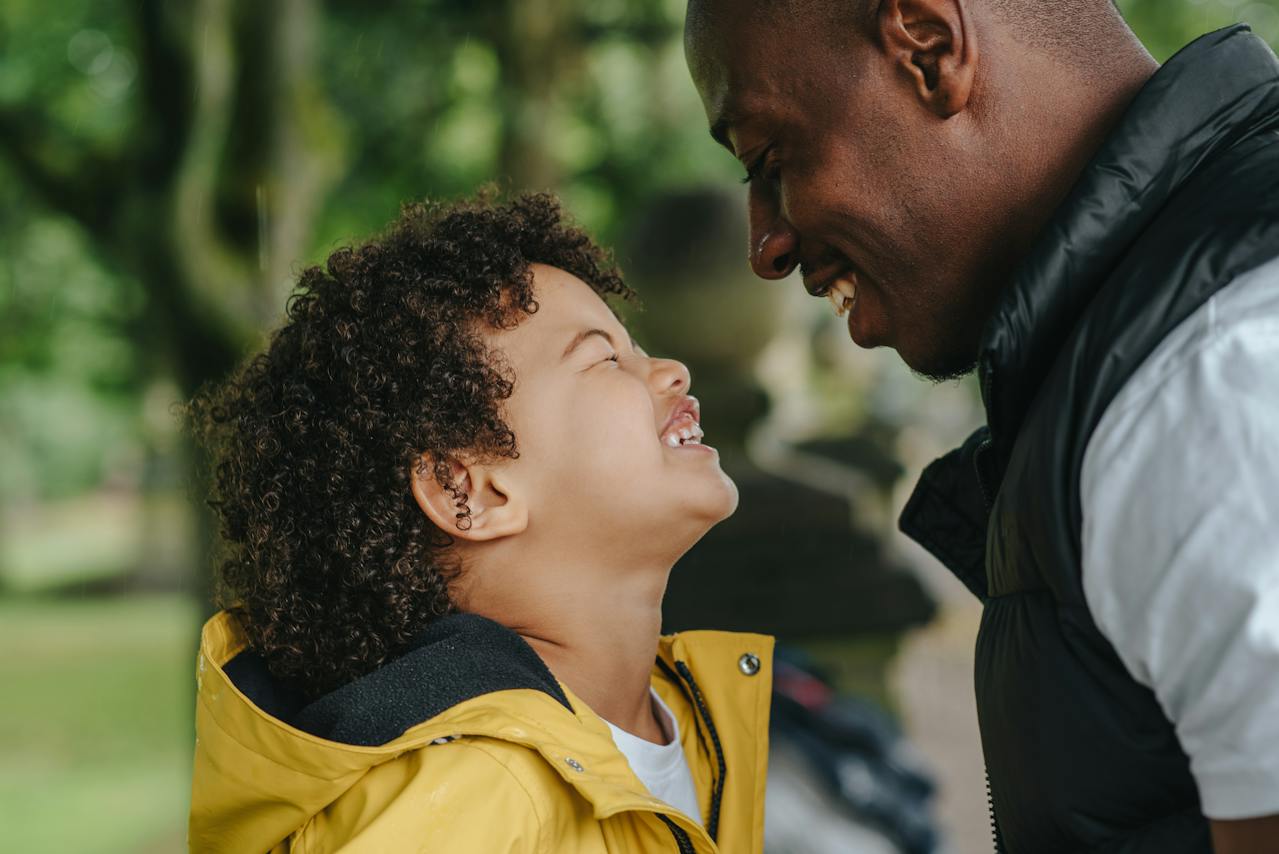
No parent wants to learn that their child is a bully. In the journey of growing into who God made them to be, children (like adults) will need lots of do-overs! But it’s important for parents to take bullying seriously. How often have we heard adults say, “Bullying is just a part of growing up”? Too often bullying is confused with teasing or needling. They are two very different things.
Bullying, of course, is nothing new. But, some aspects of bullying have changed over the years. Specifically, bullying doesn’t just occur on school grounds, but also online. Bullying is a form of aggressive behavior in which someone intentionally and repeatedly causes another person injury or discomfort. Bullying can take the form of physical contact, verbal assaults, or more subtle actions that can occur online.Studies indicate that while both genders engage in all of forms of bullying, boys are more likely to bully utilizing physical aggression and taunting while girls are more like to bully with manipulation, social exclusion, or with rumor spreading.
Bullying has damaging and sometimes long-term mental health consequences for all those involved. Bullying should no longer be dismissed as a rite of passage. If your son or daughter is the one who is causing another student distress, it is important to respond quickly. These tips will help you to intervene if your child or teen is engaging in bullying behaviors.
Be observant.
It is important to recognize any signs of distress. Reluctance to attend school coupled with abrupt changes in mood, behavior, and/or appearance are all signs that something may be off. Investigate further, looking for signs that your child is being bullied or engaging in bullying behaviors. Impulsivity, an extreme need to control his/her environment, and a lack of empathy could be possible indications of bullying. Relational bullying, is the least noticeable form of bullying, but it can be very painful. Since young people place a high value on friendships, rejection from their peer group can leave them feeling worthless and shameful.It’s important to keep in mind that kids who bully are not necessarily “bad kids.” What they do now is not necessarily a reflection of who they are or who they will become. And, as parents, no matter how much we observe, we miss things. If you are struggling with recognizing signs of distress or knowing how to address the behaviors you observe, consider contacting a counselor who has experience with child behaviors.
Initiate dialogue.
If you suspect that your child is bullying, initiate a conversation. Begin by asking if your child has ever experienced bullying or witnessed it happening to someone else. Use this opportunity to share the different forms of bullying and cyberbullying. It is possible that your child may not be aware that their behaviors qualify as bullying. If you know that they areindeeda bully, be direct but also communicate care and concern. Say something like, “I got a call from your principal and I’d like to talk to you about our conversation.” Or simply, “I am concerned. Can we talk?” No matter how upset you understandably may feel, communicate a need to hear your child’s side of the story and seek to understand potential root causes of their behavior. This will prevent them from completely shutting down. The goal of connecting is to establish a framework for trust in which your child will open up and eventually discover new insights into thinking and behaving. Know that it is not uncommon for children, particularly younger children, to have difficulty articulating why they are acting out but it still helps to have the conversation.
Do some self-examination.
Interactions children experience at home can become patterns for how they interact with others outside the home. Children who observe name-calling, insults, unkind jokes about race or gender, or even manipulation from friends or family members may exhibit similar behaviors at school. No parent is perfect. Families deal with excessive stress and significant life challenges that are sometimes outside of their control. Offer yourself compassion and seek your own support, if needed. Attempt to acknowledge any negative feelings while also being mindful of how your child might be interpreting your actions. For example, a frustrated parent who decides to address an important concern with a teacher or a coach, should monitor any angry feelings and before reacting, ask themselves, “What message will I be communicating to my child with my reaction?” It’s possible that children are witnessing (and mimicking) negative interactions without the parent even realizing it. It’s never too late to change course! The focus for parents should be on cultivating a family environment that prioritizes kindness and respect.
Teach empathy.
Although any child can be bullied, those perceived to be “different” or regarded as having low status, such as kids who have a different race/ethnicity, religion, or socioeconomic status, are often viewed as easy targets. Just being new to the school can elicit bullying behavior. Healthy human interactions require empathy. To feel a connection with someone, we must first care how our behavior affects them. Some children who bully have a tough time with empathy. The good news it is a skill that can be taught.
One way to teach empathy is to practice different scenarios with your child. Once you’ve ascertained the root cause of the bullying behaviors, tailor your response to the specific area of concern. Review various scenarios where your child is likely to lose their temper or act out in other ways and help them to explore more appropriate ways of responding. For example, if your child feels jealousy because she believes another child is “friend poaching” and begins to socially exclude the classmate, respond by stating: “Can you remember a time when you were left out? How did that make you feel?”
Mindfulness is also a great practice for increasing awareness and regulating emotions. An example of mindfulness would be the following: When your child feels frustration rising, encourage him or her to notice the emotion and then silently ask themselves the following, “What am I feeling right now?”, and “What would it be like if I chose to respond instead of just react?” Have various solutions to different situations that has triggered a negative response from your child and offer clear examples of how they might respond differently in the future.
Be proactive.
There are many levels of intervention for bullying behavior. If your child is engaging in bullying, connect with school officials for guidance. Most schools will welcome the opportunity to address the problem to ensure that school remains a safe place to learn for all children. Also, prevention is the best medicine. Behavior patterns begin early and often at home. From the time your child is developmentally able to hold a meaningful conversation, keep an open dialogue about their day. Stay engaged in your child’s life— yes, even during the difficult teen years. Learn about your child’s friends and activities of interests. Children who sense an overall connection with his or her parents are less likely to engage in bullying. Finally, if you believe that your child is experiencing harm or harming another person, seek support from a professional counselor.



